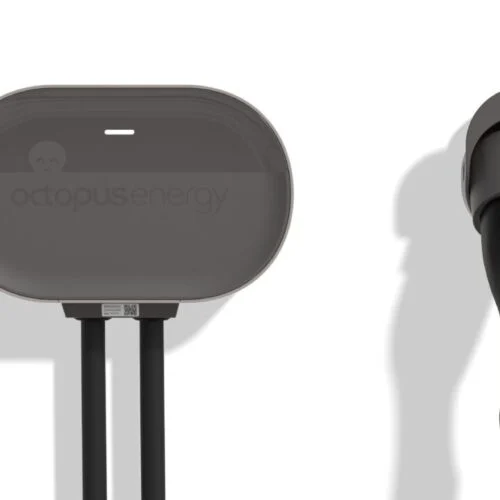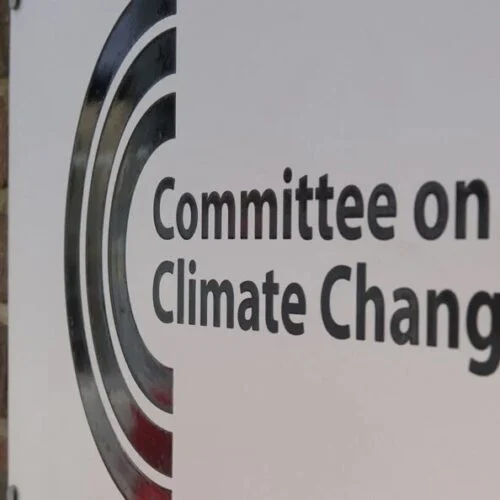From today (14 February 2022), renewables can provide stability services to National Grid ESO in what the operator has said is a world first.
Thanks to a new Grid Code modification – GC0137 – converter connected technologies including renewables and interconnectors can provide ‘grid forming’ or virtual synchronous machine capability to the grid.
This allows converter connected technologies to compete with operators of synchronous generation to provide stability services, as their converter control systems can respond quickly to system conditions, simulating the response of a traditional synchronous plant.
“This is a breakthrough moment, a key piece in the energy transition jigsaw, that will ensure we can operate a fully decarbonised grid and deliver on our net zero commitments,” said Tony Johnson, who led the project for National Grid ESO’s markets team.
“It’s the culmination of up to 10 years of thinking and working with stakeholders to find the common ground between what equipment is capable of doing and what the system needs. It also ensures that as we transition away from conventional fossil fuelled generation, we can operate the grid securely and efficiently, which will ultimately save consumers money.”
The code modification was approved by Ofgem on January 31 2022 following a lengthy development process, and formally implemented today.
Stakeholders can now prepare their equipment to meet the required specification to compete in the procurement process for services including inertia and frequency support. The operator is continuing to work with an industry expert group to provide more detailed guidance on these requirements.
The code change and requirements have been progressed through National Grid ESO’s stability pathfinder projects. They were launched to look for new ways of creating a market for inertia and other stability services as the grid transitions to operate at zero carbon by 2025.
In 2021, the ESO awarded a contract to Triton Power to provide inertia and reactive power, and this month it awarded the Dogger Bank C project a contract for reactive power, both as a result of the pathfinder projects.






